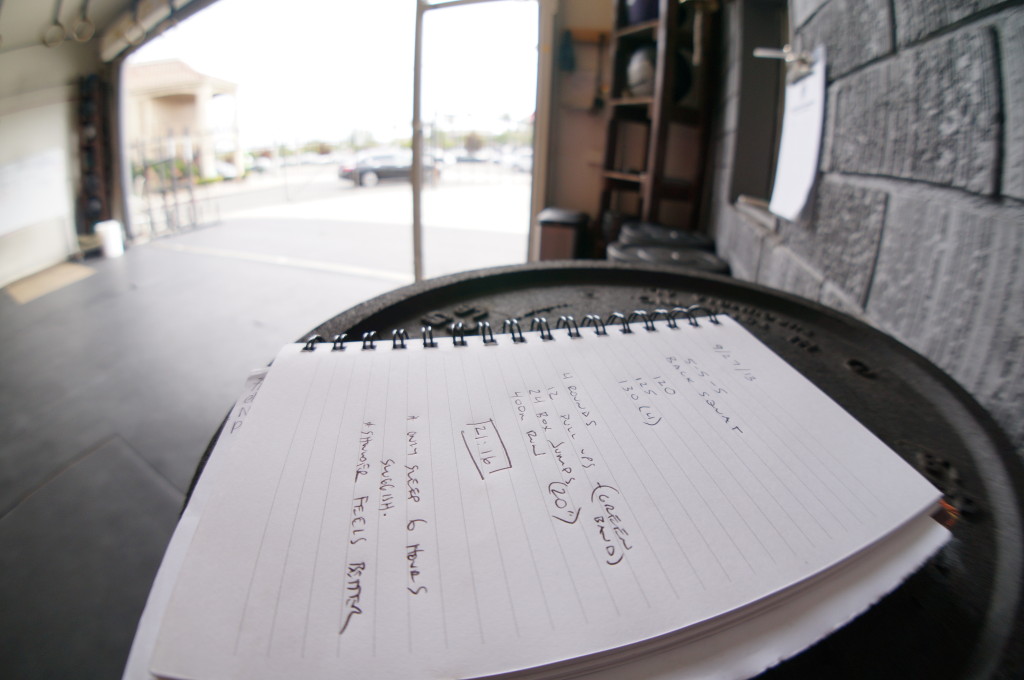Think about two scenarios.
In the first scenario you walk into today’s training session with data. You know that five months ago you ran the mile in exactly 8:31. You know that the heaviest back squat you’ve ever made was 125 pounds, and on multiple occasions you were successful at 105 for a set of three. You’re informed.
In the second scenario, you know you’ve run the mile a few times but can’t remember what your best time was. “Less than 10 minutes..” is the best educated guess you can come up with. When it comes to back squats you know you’ve done one rep with the white bar, but can’t remember if it had twenty-fives or forty-fives on each side. Last week, there was a workout that included back squats at fifty-five pounds for twelve reps at a time. We’re driving by braille at this point.
How would you tackle today’s workout?
Sure, just simply doing it will make you better than you were, especially when compared to not training. However, finding that sweet spot where your preparation meets it’s equivalent challenge is priceless.
Until you can rattle of all of your benchmark stats, you’ve got to write this stuff down. Refer to it. Make decisions in your training based on this data. The rate in which you’ll improve is night and day when compared to running the mile with any old approach or when wasting your first two working sets of squats with 50% of your max on the bar.
Invest in a $2 training log today!
Logan Gelbrich
@functionalcoach
3/26/14 WOD
For time:
Run 1 Mile
3-3-3-3-3
Back Squat


